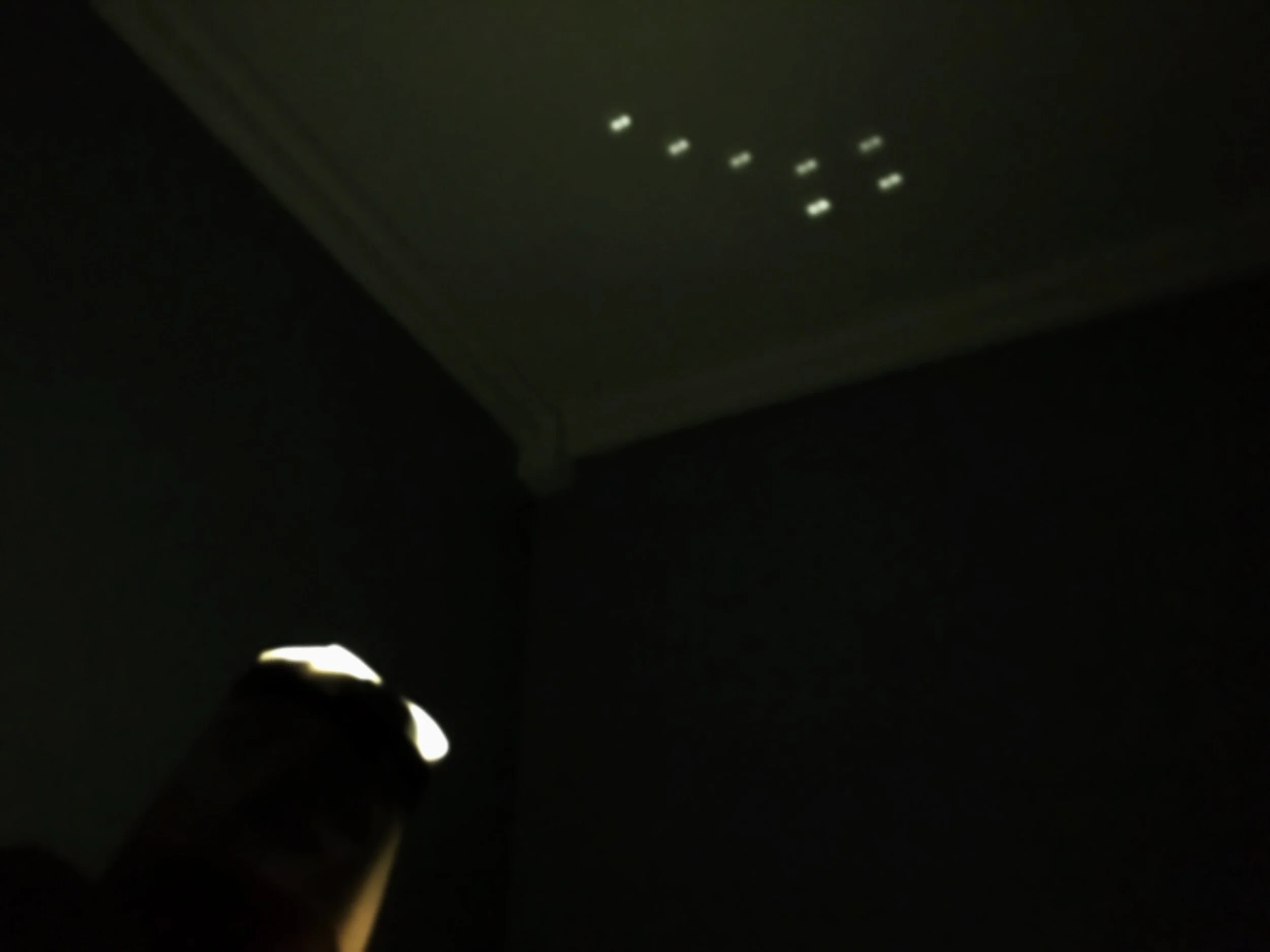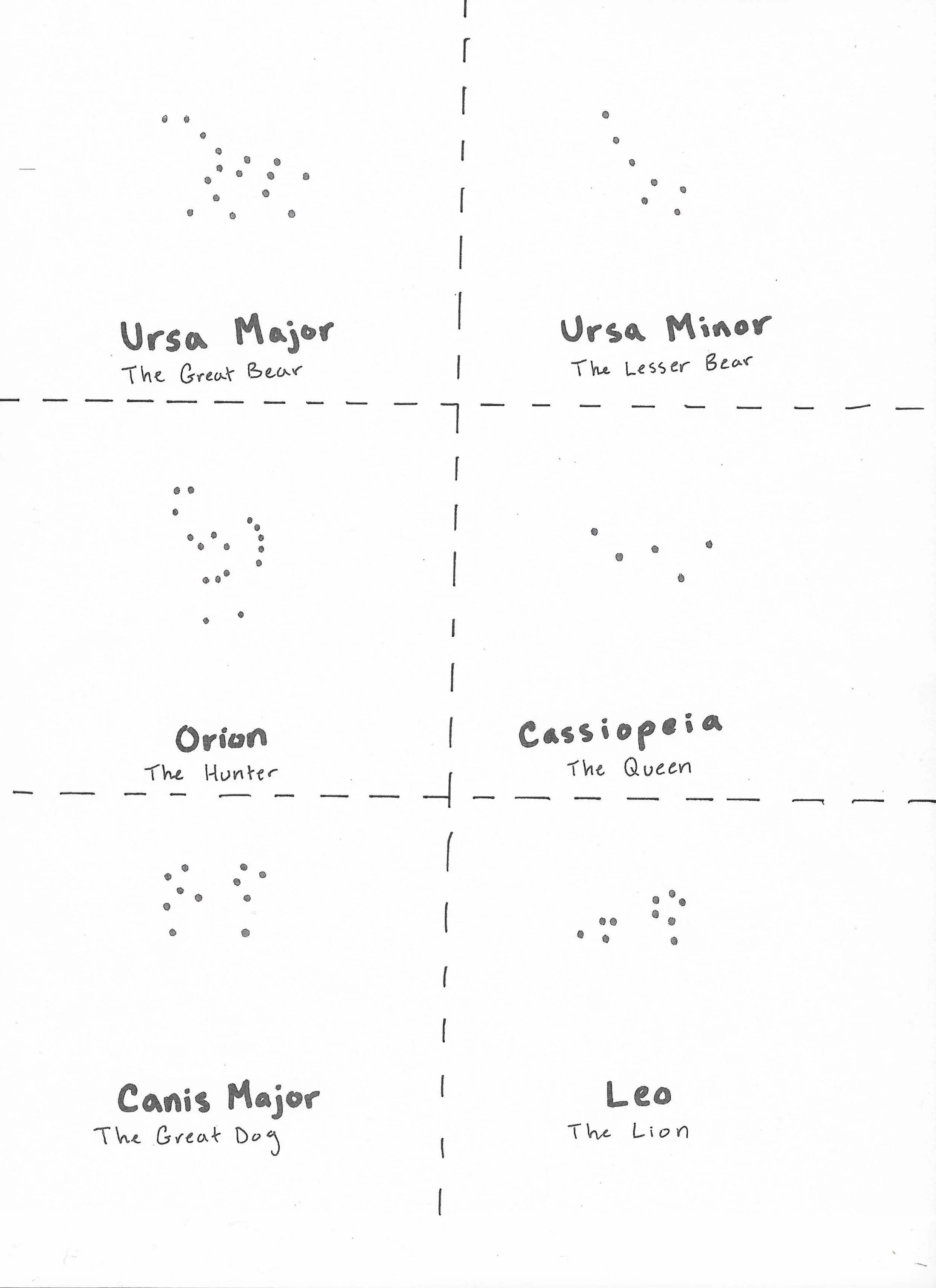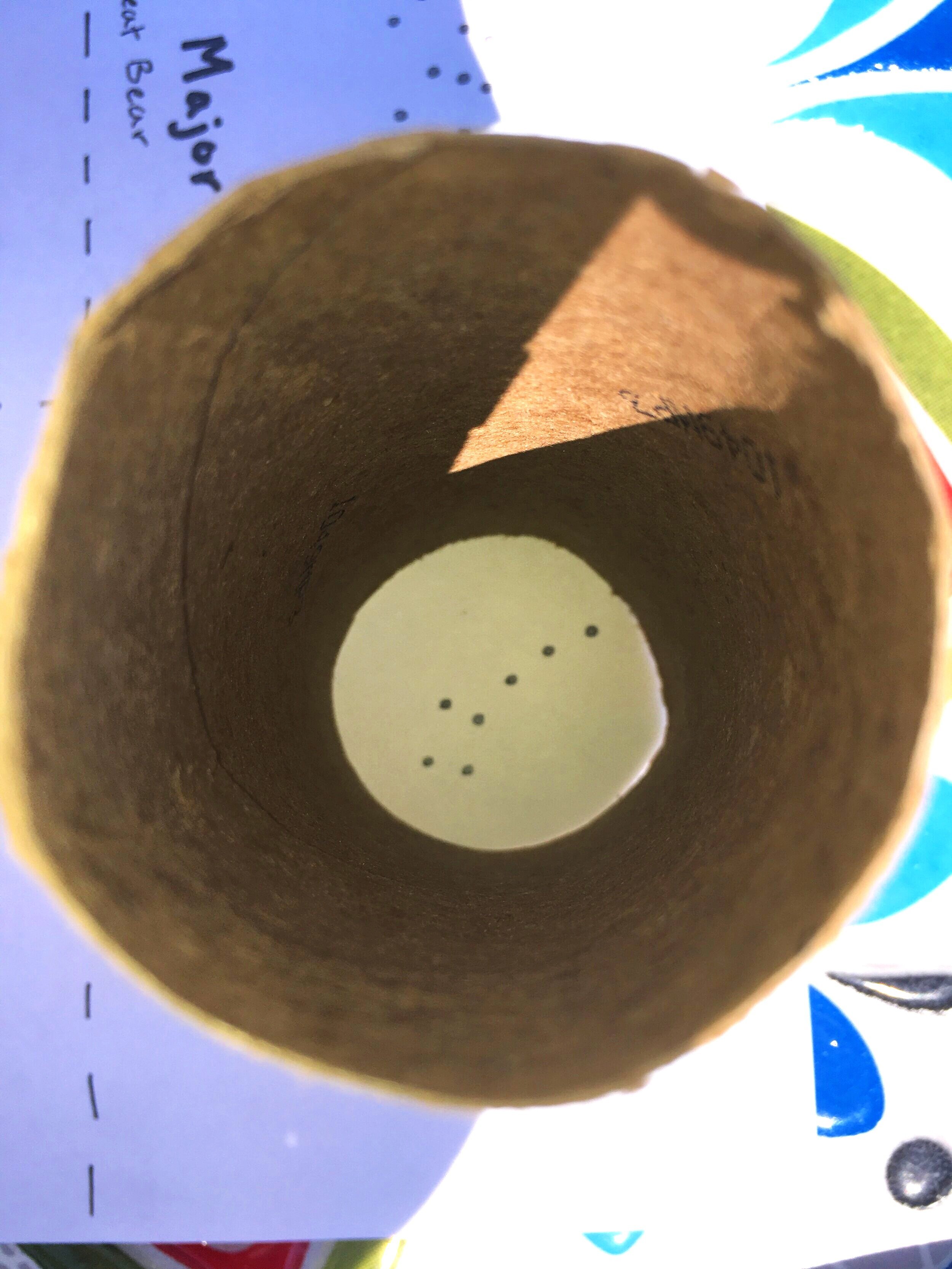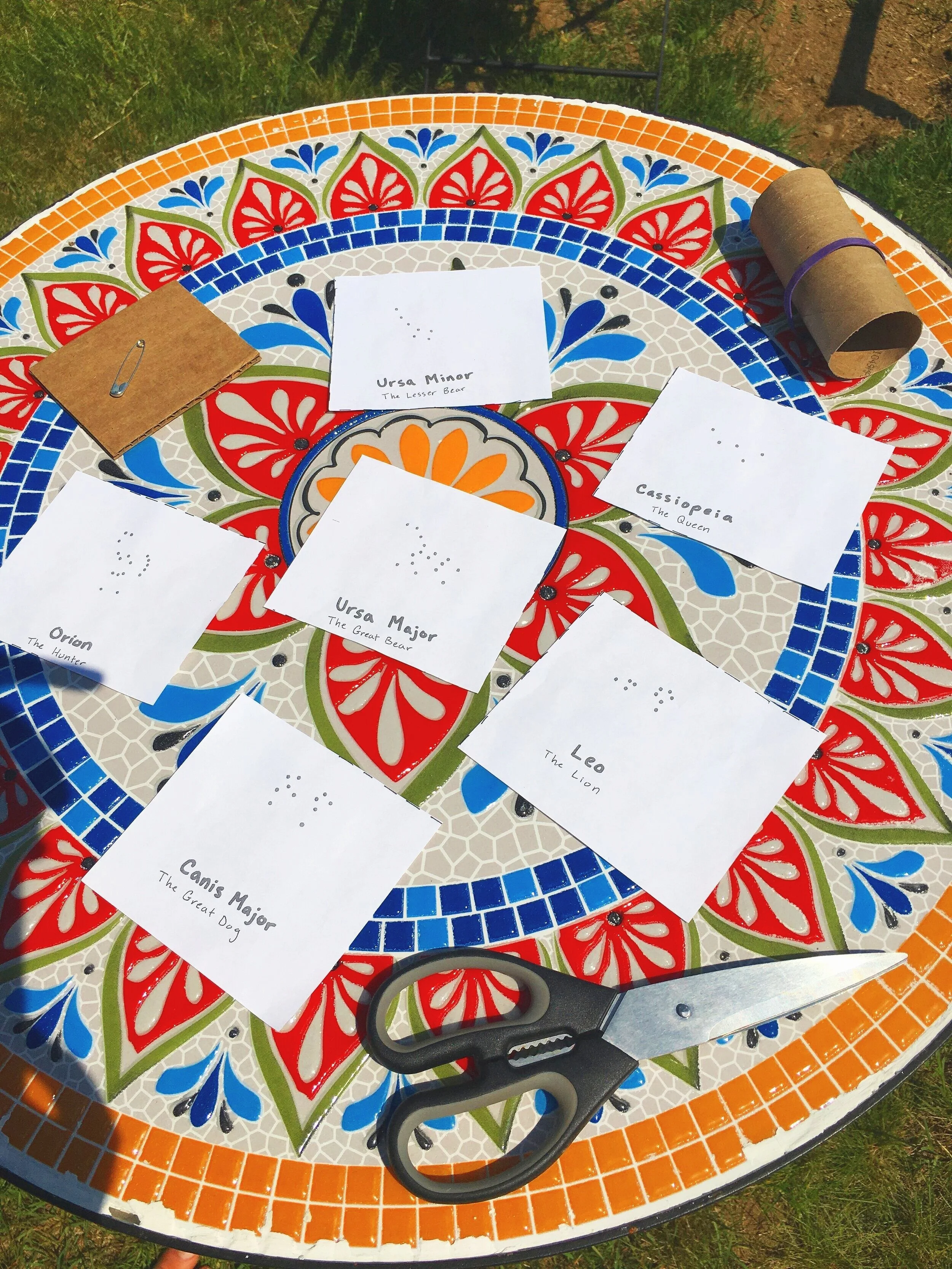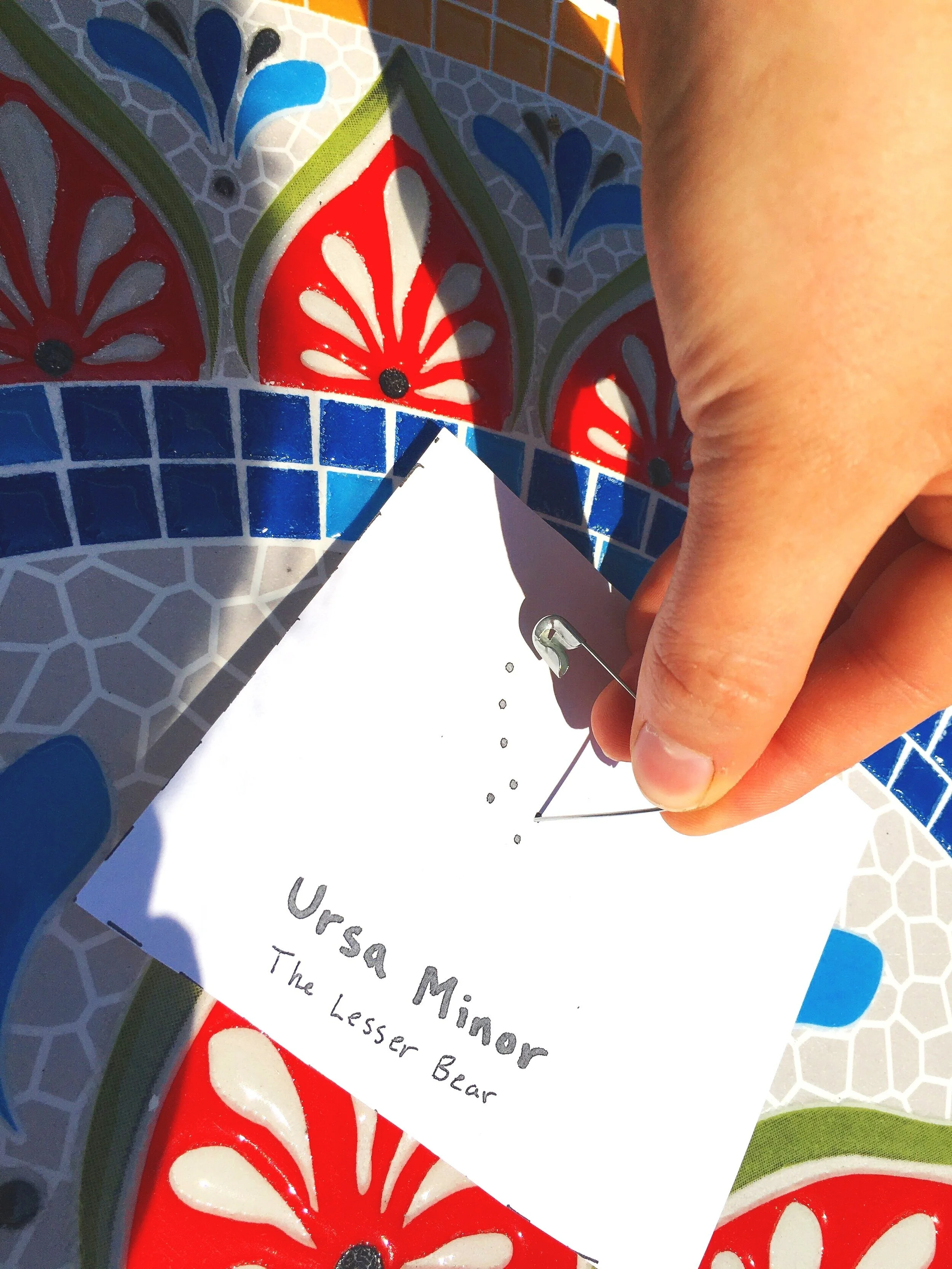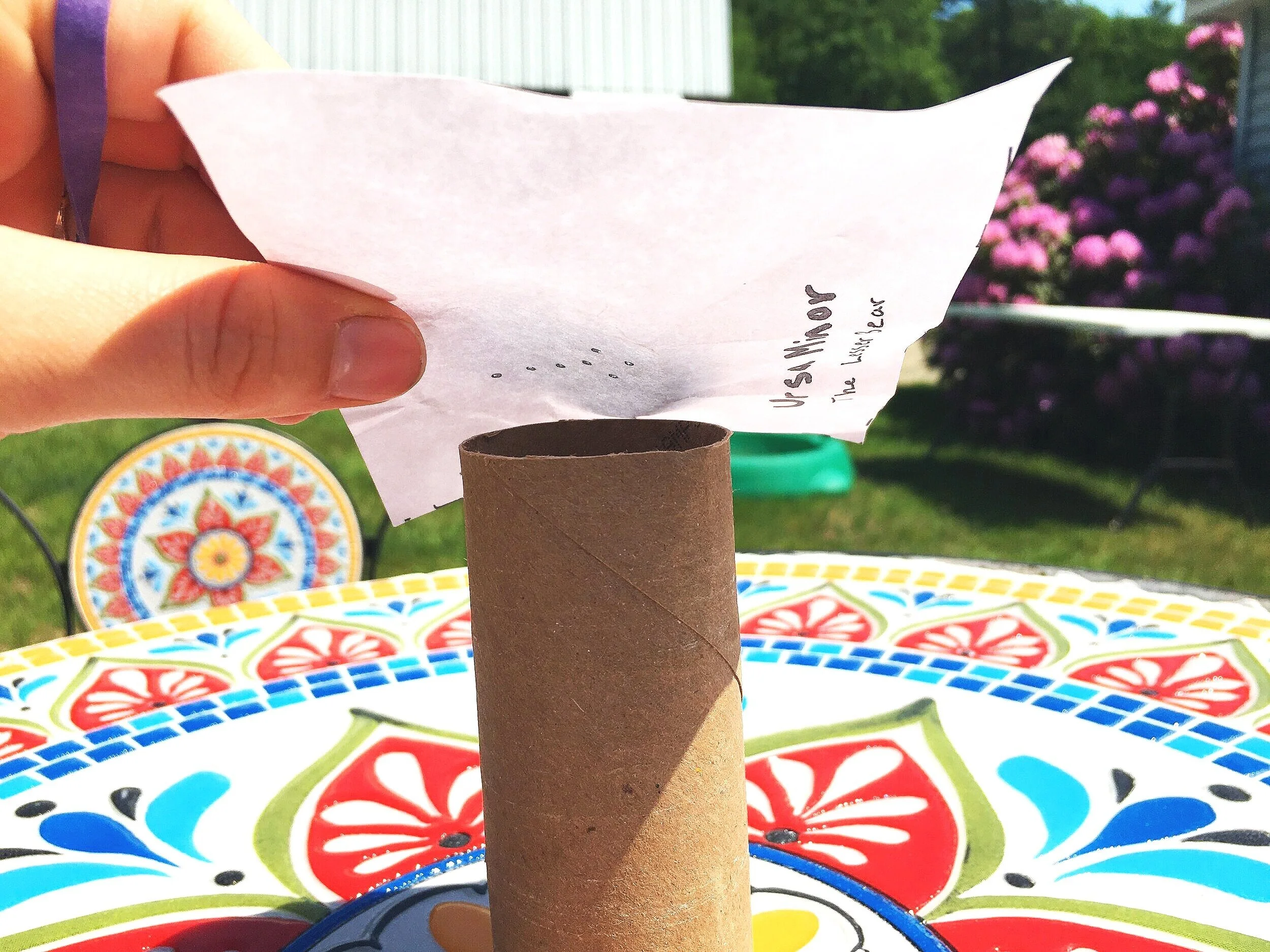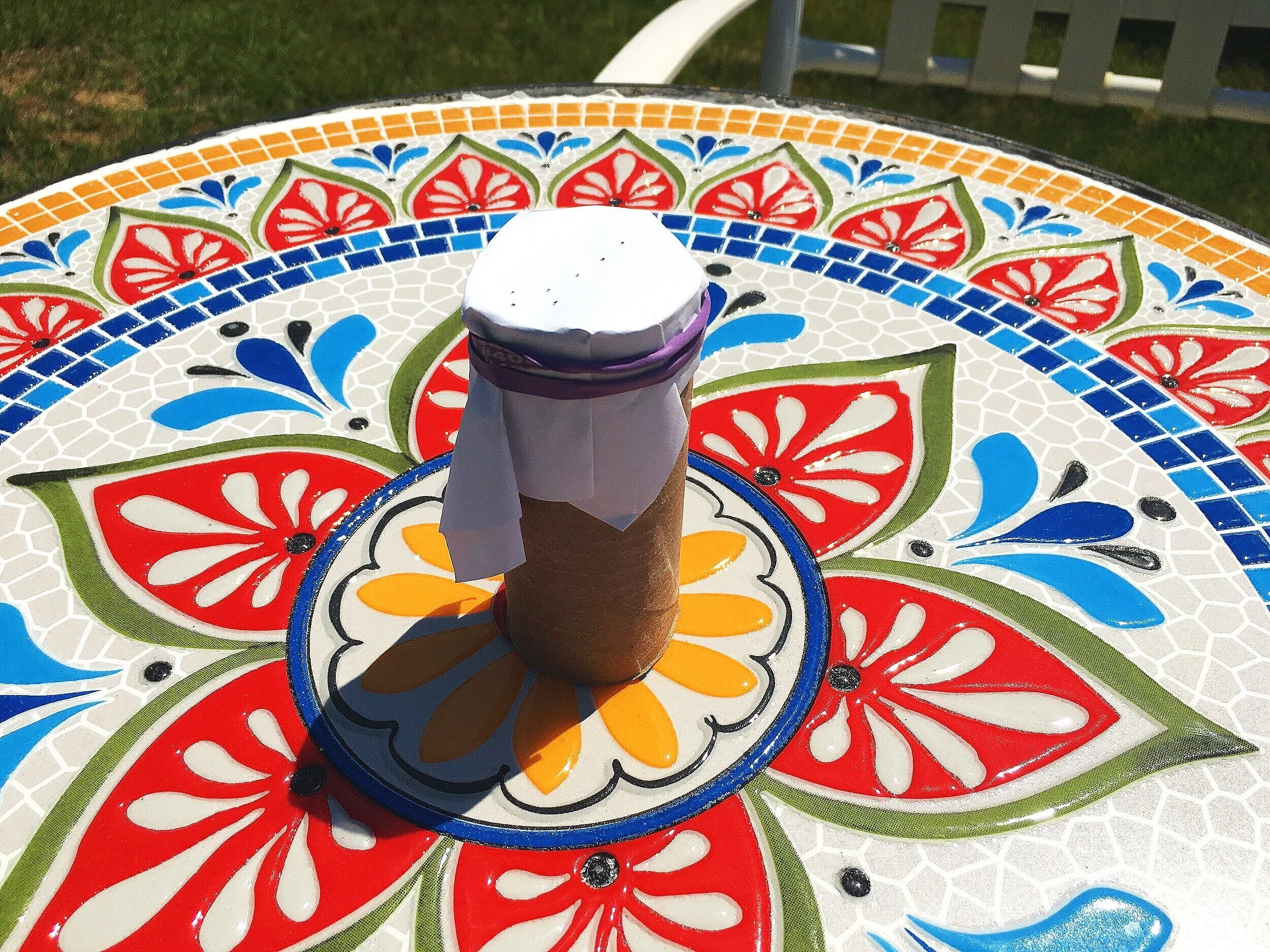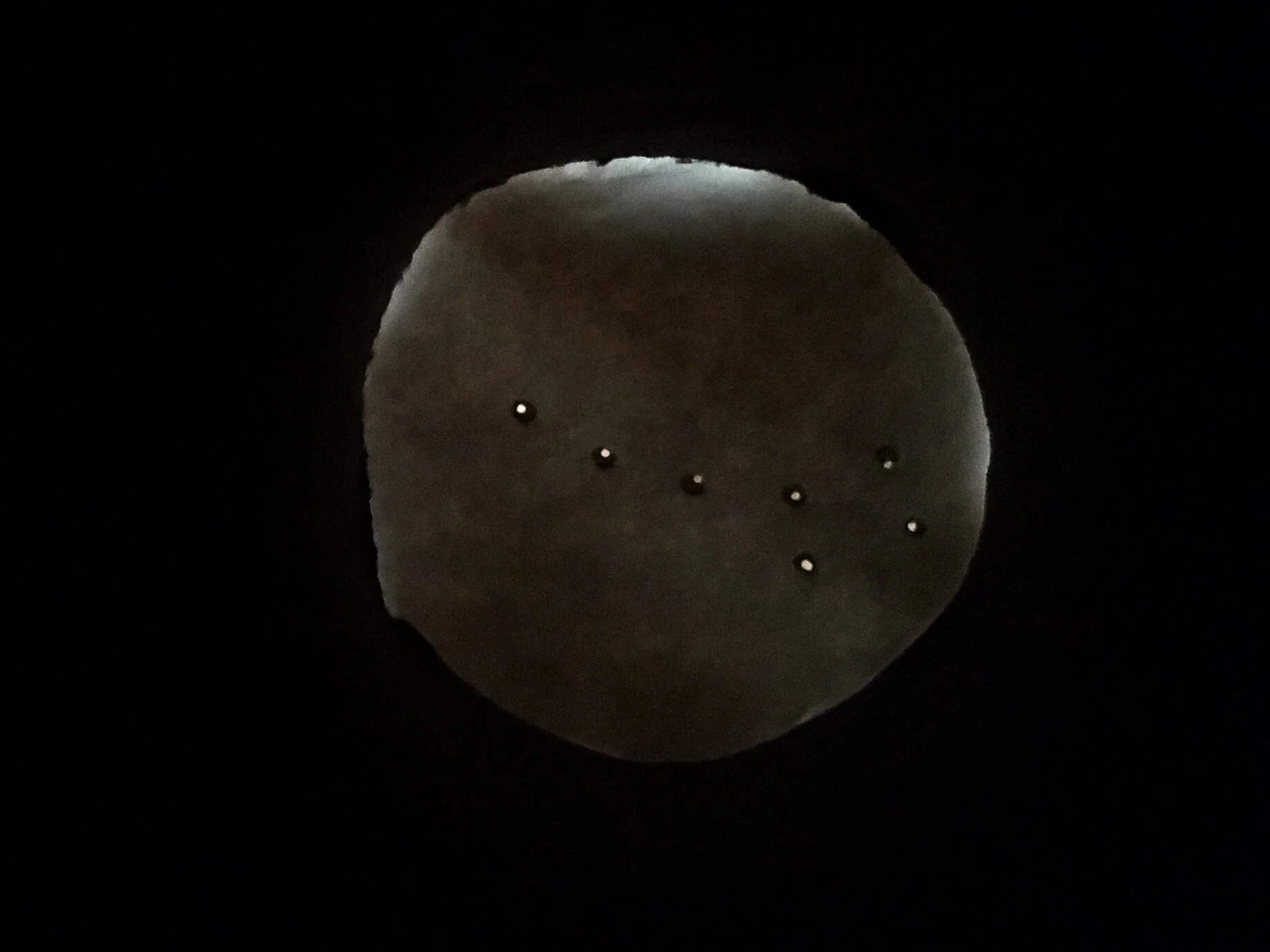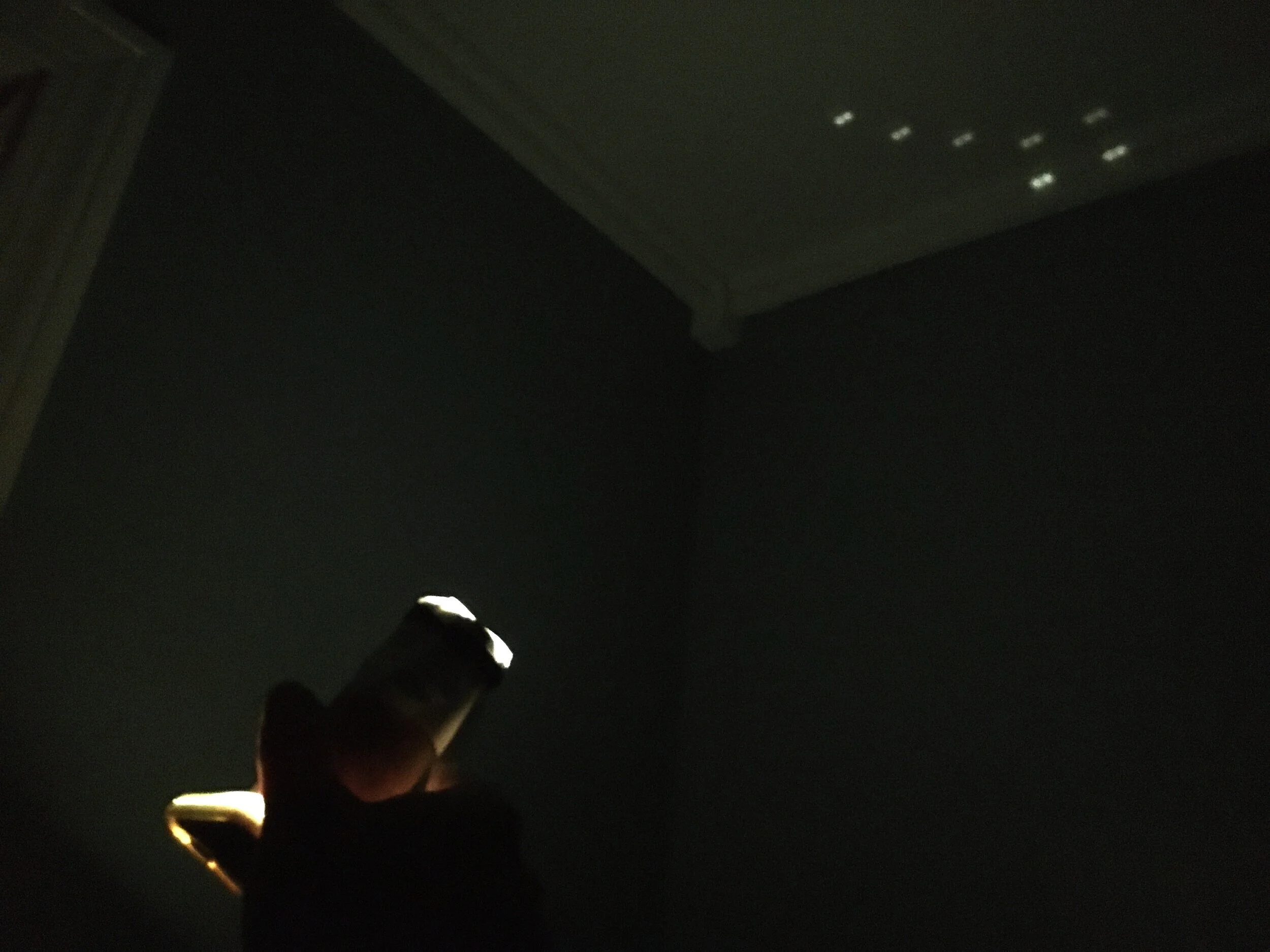DIY Constellation Viewer
Bring the universe to your home!... well not the universe but the galaxy... really just the constellations... well a few of them.
Maybe you’re like me and you love the idea of laying in the grass and looking at constellations in the night sky- but you can’t quite find them. Also, you don’t know what they look like. Also, there’s bugs and bears and stuff out there.
So what do you do? You bring the stars inside. This is a great activity to do if you're with kids or if you’re a bored adult who likes science and hates judgement.
You will be making a “Constellation Viewer” which is basically a make-shift telescope that shows you the constellations. You poke holes in a paper in the shape of a constellation. Then you attach it to a tube. That way, when you peer through the tube- all light will be blocked except for the light shining through the constellation. You can make as many as you want or switch up the constellations at the end of the tube. With this tool you can learn the constellations, get familiar with their shapes, and make it easier on yourself when you’re looking for them in the sky at night. You can also shine a light through your viewer and project the constellation onto the wall of a dark room. While you’re at it, do some shadow puppets. Who doesn’t love shadow puppets?
Here’s how you'll make the constellation viewer.
What you’ll need is:
-A toilet paper tube (which we all know you have and haven't thrown out yet. If you’re a better person than me and actually throw out your toilet paper tubes- you can use a paper cup, pringles can, or any other tube-shaped object)
-A needle or safety pin
-A small piece of cardboard (thank you, Amazon delivery-guy)
-A rubber band
-Scissors
-Either a print-out of the constellations (click the big orange button below) or a pen and paper to draw your own
What you’ll do is:
Print out the constellation paper or find a constellation you like online and draw it on a piece of paper. If you draw it, be sure to make it the right size- use your toilet paper tube as reference. You should be able to fit the whole constellation inside the circle of the toilet paper tube.
2. Use those handy-dandy scissors to cut on the dashed line- this will help you cut out a large square around the constellation. (You’re cutting it big because you need the extra paper to fold around the tube later so we can attach them)
3. Take that piece of cardboard and place it under your constellation paper. Use your needle to stab a hole through each dot of your constellation (the cardboard is there to protect the table underneath). Now, if you are doing this with a child, typically, it’s not a good idea to give children stabbing devices. However, you can explain to them that it is a sharp tool that they need to be careful with and then they may be able to handle it. Use your judgement- you know if your kid’s a stabber.
4. When the paper has been stabbed; you are now ready to add it to the tube. Stand up the tube on the table and put the paper square on top of it with the WORDS FACING DOWN. Fold the edges of the square paper around the tube and secure it with rubber bands.
5. Peek through the tube to be sure no light is sneaking in from the sides- you only want the light to come in through the holes you poked in the constellation paper.
6. Next, you can get a little creative and decorate it. I like to write the name of the constellation on the toilet paper tube (if that paper is staying with that tube). If you’re going to switch out the paper (to try to learn different constellations on the same tube) then you're gonna want to write the constellation name on the edge of the constellation paper instead.
7. Now you’re ready to explore the stars. Consider making a few Constellation Viewers and shining lights through them so you can recreate the night sky on the ceiling. Great for power outages, sleepovers, and people with too much time on their hands.
Share your results on our social media! Tag us on Facebook/Instagram: @MSDiscvoeryCenter or on Twitter: @MSDiscoveryCntr
A little background for those of you who are still reading. Who named them? Why pick those shapes and names? Does that actually look anything like a crab? These are valid questions about constellations. There are two important things to keep in mind about humans. 1) humans love to find patterns; it’s how our brains have evolved and part of the reason we’ve survived this long. The desire to gaze at the stars and try to find patterns is a very human feeling and we’ve been doing it for thousands of years. And 2) humans like to be entertained. If you can imagine a time before TV, internet, books, candycrush- then you can imagine a time where entertainment was hard to come by. Looking at the stars and finding shapes and using those shapes to tell stories was a good way pass the time and connect to other people. Many ancient cultures have stories about the shapes in the sky and many of those stories have become an important part of their culture. Today, many people know these shapes by their Greek and Roman names. These two ancient civilizations contributed a lot to star-studying, but they did not invent it. People were looking at the stars for many years before these even empires existed. Different cultures, both living and past, have amazing stories to tell about the shapes in the sky and if you’re interested, I encourage you to research more about what the star stories are for people in different parts of the world. Next time you are out on a clear night, look up and try connecting the dots and making some star stories of your own.

